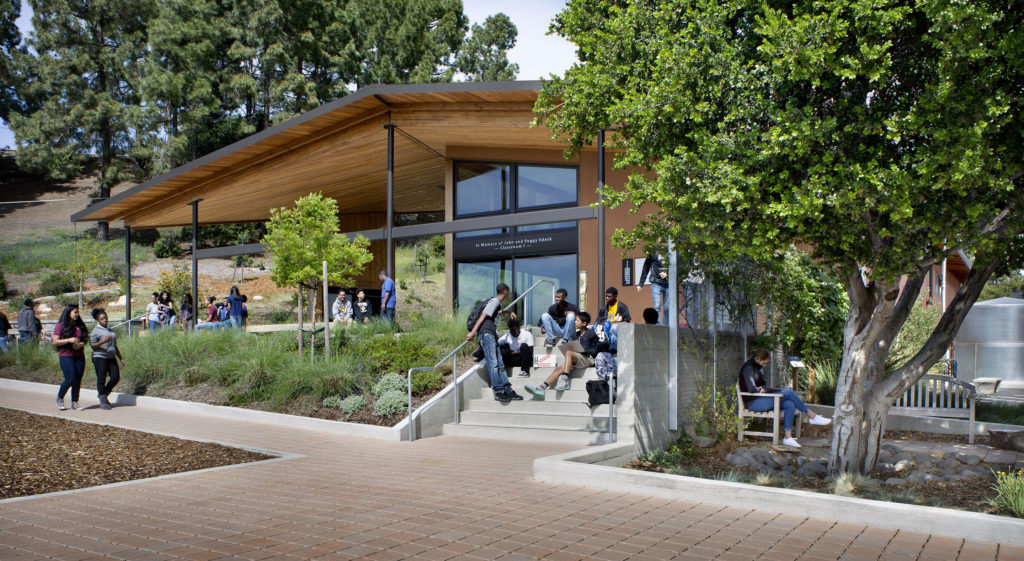Zeroing in on Schools
Paper / August 27, 2018 / Getting to Zero

This paper from the 2018 ACEEE Summer Study presents completed national research about decision-making, funding and energy practices in the K-12 schools new and existing buildings market. The paper confirms the obvious, that educational outcomes and student performance are the primary drivers of all decisions in the school market. It explains how benefits of ultra-low and ZE align with these educational outcomes and how energy can be woven into the fabric of current practices in schools.
Key Takeaways
According to the largest database on ZE buildings, K-12 schools represent 37% of the total U.S. buildings verified or striving to operate at ZE, yet this represents less than 1% of the total U.S. schools. Three key barriers to ultra-low and ZE performance in the school market have been identified as a lack of awareness, a lack of processes, and a lack of dedicated funds for energy efficiency. These barriers can all be combatted by a variety of trainings, benchmarking and by establishing an ongoing funding mechanism.
The path to zero energy in K-12 schools will not be easy and should be rooted in continual improvement of energy performance in existing schools. Overcoming the three key barriers and reaching ZE will require coordinated action by many stakeholders across a diverse, disaggregated and complicated market. Decisions made now will impact energy performance in 2030 and move the market beyond just 1% of ZE school buildings. It will take efforts across many stakeholders for schools to walk down the ZE path, but there are clear actions that organizations can take to lead the way.
